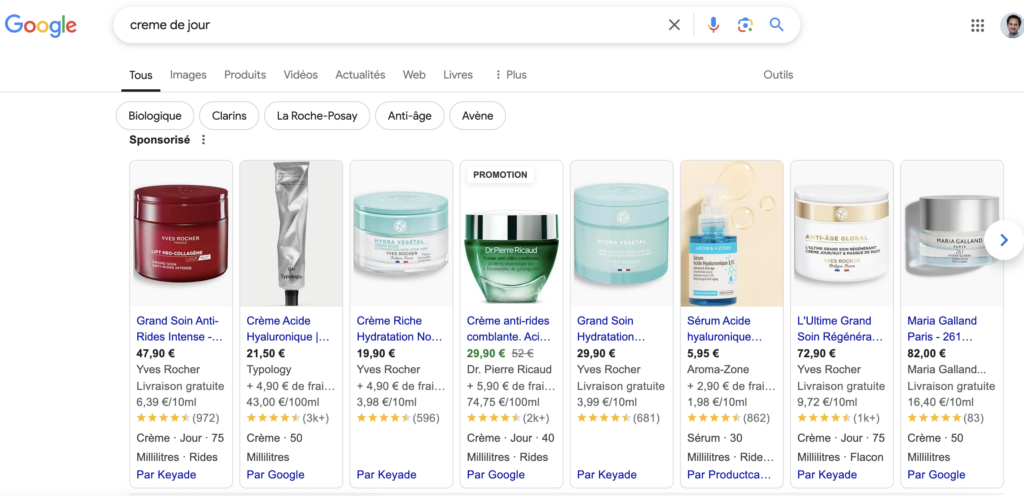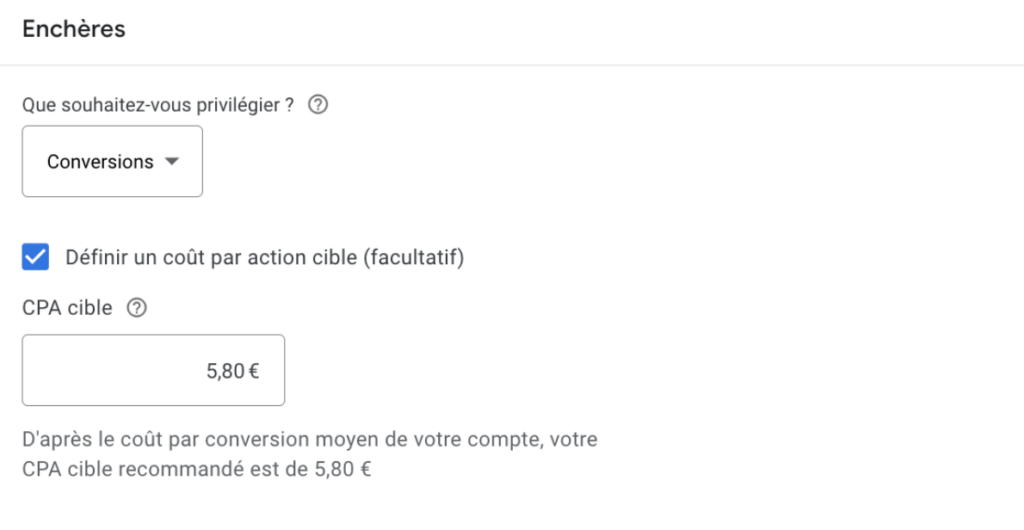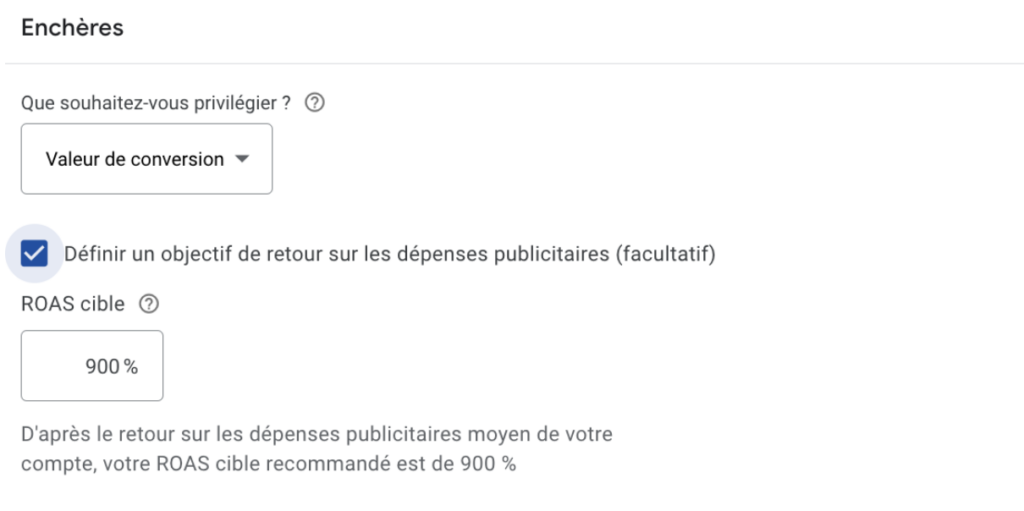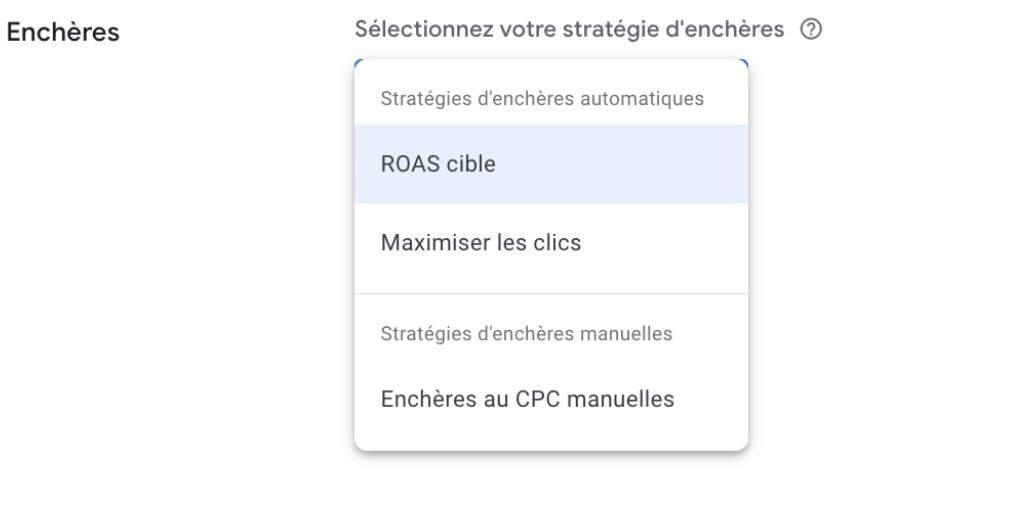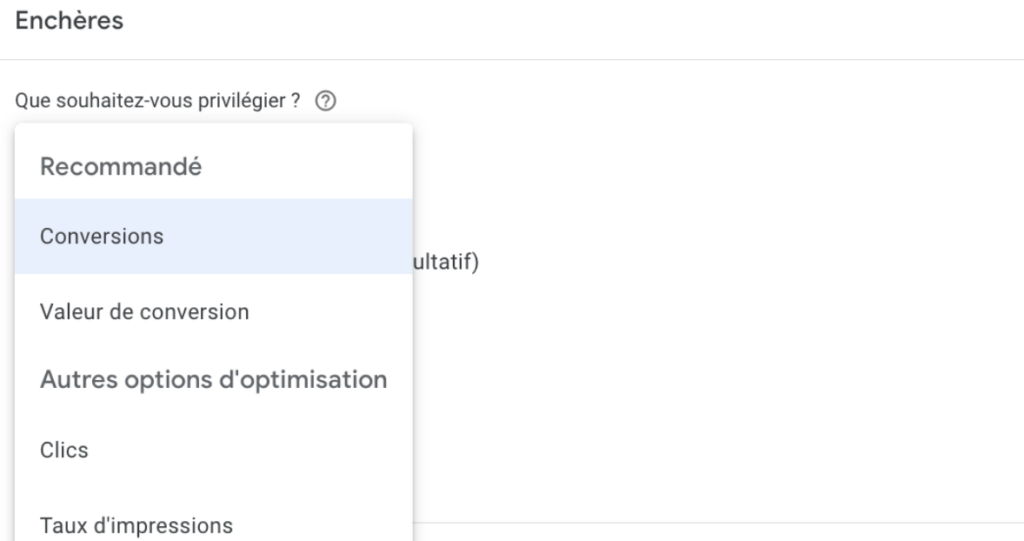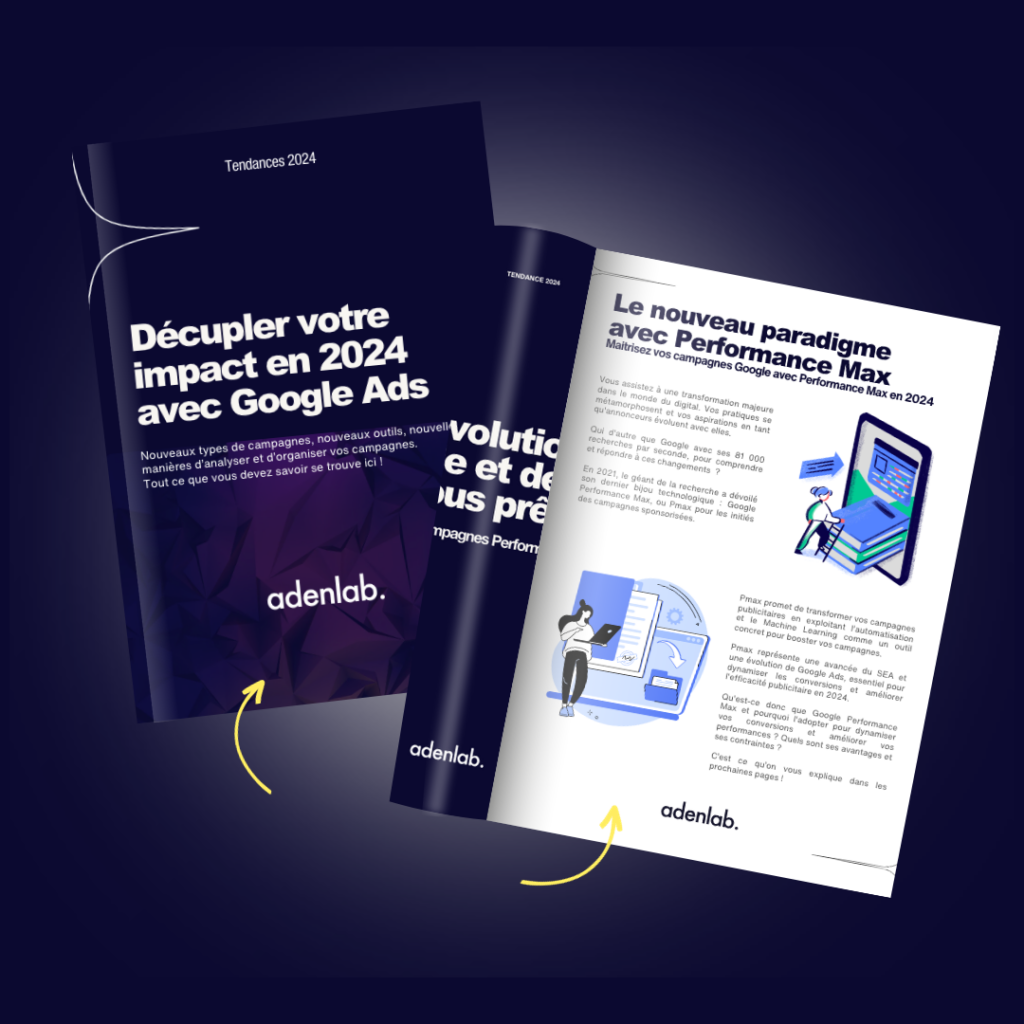The Target ROAS strategy is a powerful lever for maximizing the return on investment of your Google Ads campaigns. This bidding strategy can be one of your favorite parameters if you want to make the most of your advertising investments.
By mastering Target ROAS, you can not only increase your conversions, but also make the most of every euro you spend. Here are some key points to understand and apply this strategy effectively:
- Definition of the “Target ROAS” strategy and its importance.
- Context of use in Google Ads.
1. Understanding ROAS Target
Target ROAS, or Return On Ad Spend, is a bidding strategy that optimizes your campaigns to achieve a target of revenue versus spend.
Calculating ROAS is simple: it’s the ratio of revenue generated to the total cost of ads. This makes it possible to measure the effectiveness of advertising campaigns and make adjustments in real time.
The difference between ROI and ROAS
Although ROAS and ROI (Return on Investment) are often used interchangeably, they differ.
ROI takes into account overall costs, while ROAS focuses solely on advertising investments. ROAS is therefore better suited to evaluating the effectiveness of Google Ads campaigns.
Practical examples to better understand its application
Let’s say you invest €100 in advertising and generate €500 in sales.
Your ROAS would be 500%. This is a key performance indicator (KPI) that shows how your advertising campaigns contribute to your financial objectives.
NB: A high ROAS does not necessarily imply a high profit, as it does not take into account the full costs of your business. To go further, you need to integrate the notion of margins.
However, understanding the distinction between ROAS and ROI, and their practical application, is crucial to optimizing your campaigns and maximizing your profits.
2. How the Target ROAS strategy works
The Target ROAS strategy uses artificial intelligence to automatically adjust bids, optimizing conversion values and ROI. Using advanced algorithms, Google Ads adjusts bids in real time to maximize performance according to your Target ROAS parameters.
Comparison with other bidding strategies such as Target CPA
Unlike Target CPA, which focuses on cost per acquisition, Target ROAS focuses on return on ad spend and conversion value. This difference is essential if you’re looking to increase revenue without increasing cost per conversion.
Important: Choosing between ROAS and CPA depends on your specific business objectives, whether to maximize sales or control costs.
Understanding the differences between these strategies enables you to choose the one that best suits your business objectives.
3. When to use the ROAS Target?
Target ROAS is particularly useful in scenarios where you want to maximize the profitability of your campaigns. It’s an ideal strategy for e-commerce sites that also manage their campaigns according to margin per product, per brand ….
Use for e-commerce sites
In the case of e-commerce sites, Target ROAS maximizes the return on advertising campaigns by targeting products or categories with the best profit margins. This helps you achieve your business objectives while maintaining control over advertising expenditure.
Good to know: A well-defined Target ROAS can significantly increase profitability without requiring a proportional increase in the advertising budget.
4. Prerequisites for Effective Use of the Target ROAS
Having sufficient data is essential for optimizing Target ROAS. Google’s algorithms require historical data to learn and adjust bids effectively. Without it, results can be unpredictable.
Tips to avoid overdependence
While automated recommendations from Google Ads can be useful, it’s crucial to maintain control to avoid unnecessary expenditure. By combining automation with manual adjustments, you can balance smart bidding with your overall strategy.
NB: Regular monitoring of performance and adjustment of ROAS targets are essential to avoid unpleasant surprises.
5. Target ROAS configuration in Google Ads
Setting up a Target ROAS bidding strategy in Google Ads is a multi-step process. First, select the campaign type, then choose the Target ROAS bidding strategy and set your return target. Then adjust the parameters to maximize performance.
Selecting and adjusting lenses for optimum performance
It’s crucial to select realistic objectives for your Target ROAS. Adjust these targets according to campaign performance, taking into account conversion data and market trends.
Important: Bear in mind that frequent parameter adjustments can affect the stability of your campaigns, so do it gradually.
Careful configuration and gradual adjustment of objectives help achieve the right balance between maximizing performance and minimizing risk.
6. Best Practices for Optimizing Target ROAS
Optimizing Target ROAS often requires gradual adjustments. Start with realistic targets and gradually increase them as you gather data. Segment your campaigns according to product and brand profitability to maximize efficiency.
Campaign segmentation by product and brand profitability
Segmentation enables you to concentrate resources on the most profitable products and brands. By analyzing performance by category, you can adjust your bids to maximize overall ROI.
Good to know: Segmenting campaigns will help you identify growth opportunities and maximize ROAS in specific market segments.
7. FAQ
Is it possible to get a good ROAS without a big budget?
Yes, a good ROAS is achievable even with a modest budget by optimizing campaign parameters and targeting the most profitable segments.
Optimum frequency for modifying ROAS Target
It all depends on volume and investment. We recommend re-evaluating and adjusting the Target ROAS at least once a month to adapt to market changes and campaign performance.
What factors influence ROAS and why is monitoring it crucial?
Tracking ROAS is crucial, as it is influenced by factors such as seasonality, competition and consumer trends. This helps you adjust your strategies to maximize ROAS.
8. Conclusion
To maximize your return on investment with Target ROAS, it’s essential to understand its definition, how it works, and its best practices. By continually testing and adjusting your strategies, you can significantly improve the performance of your Google Ads campaigns.
Find out more about the google ads prizeprize, visit our dedicated page.



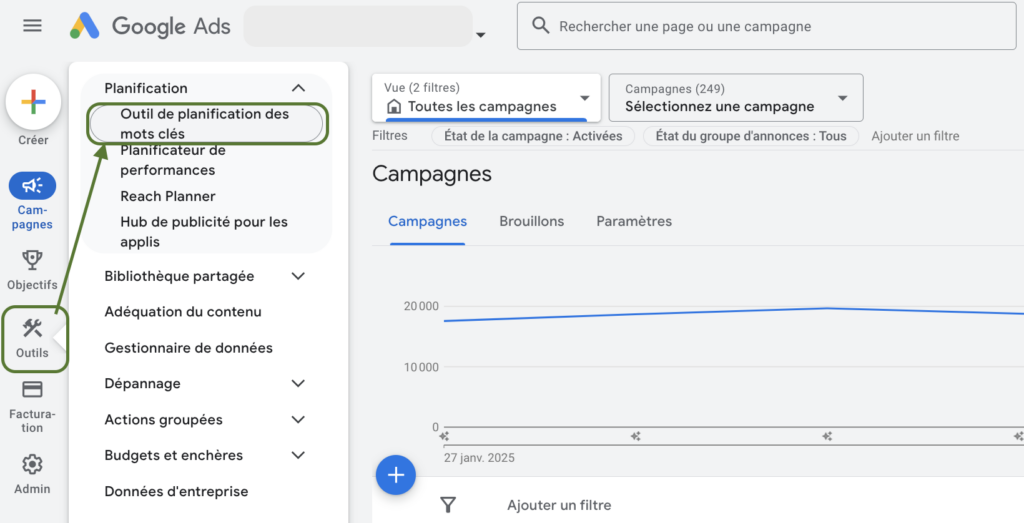
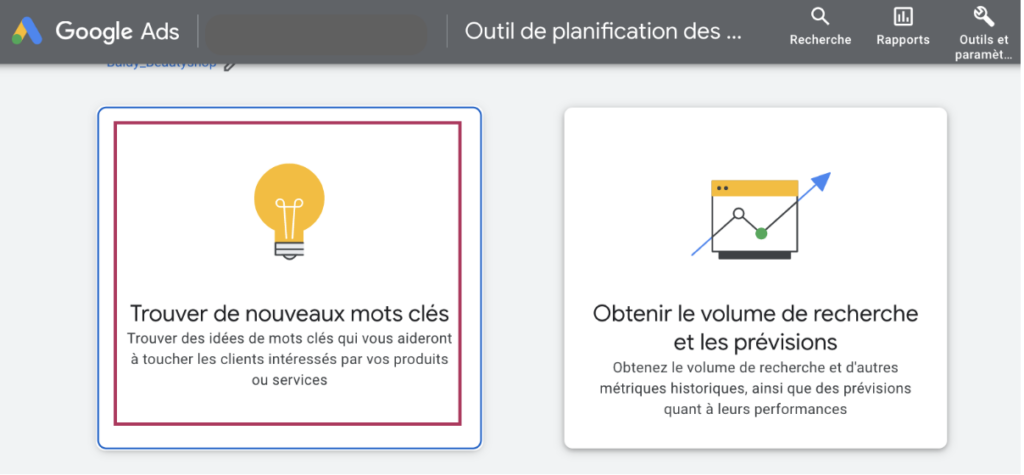
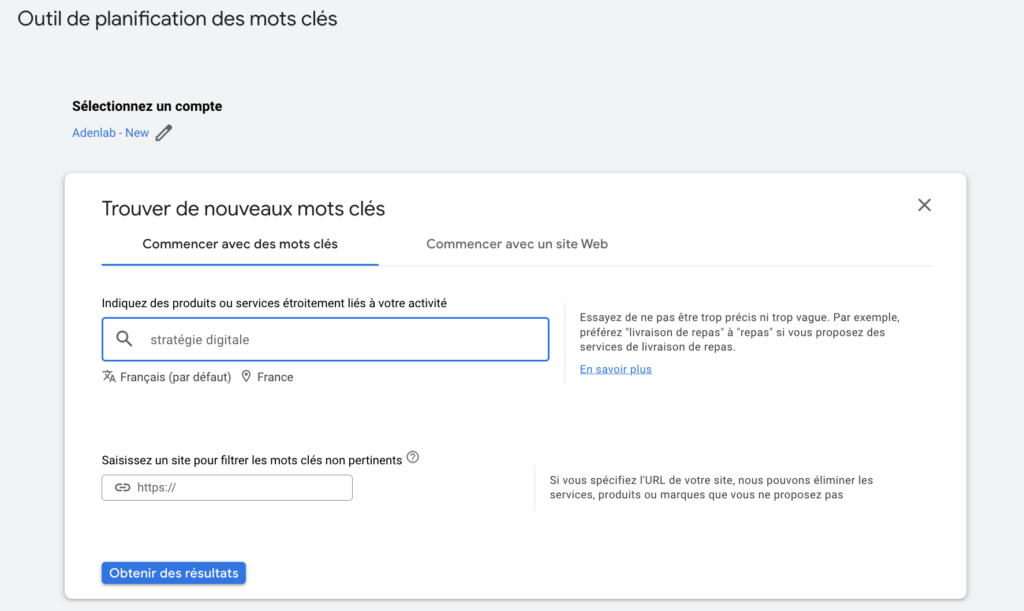
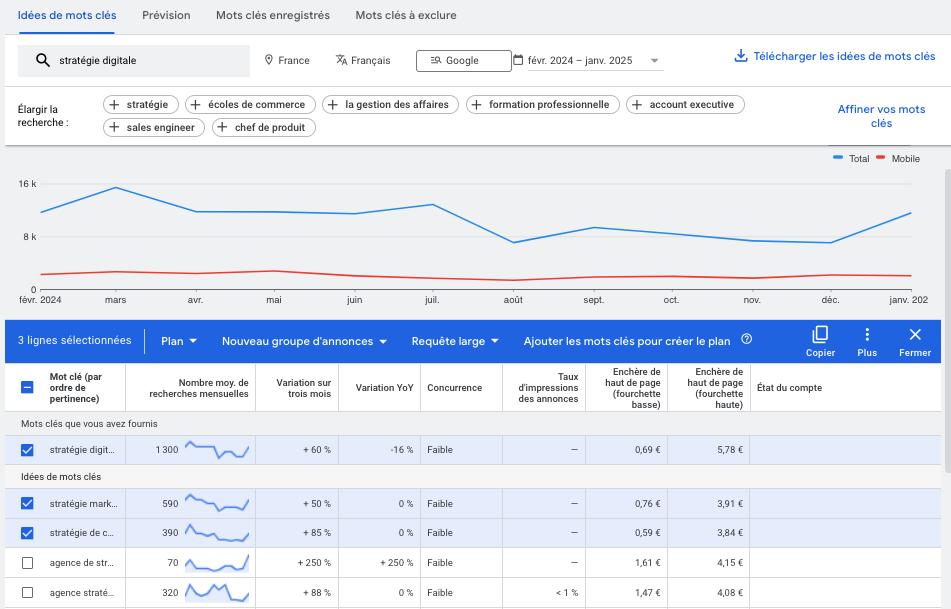







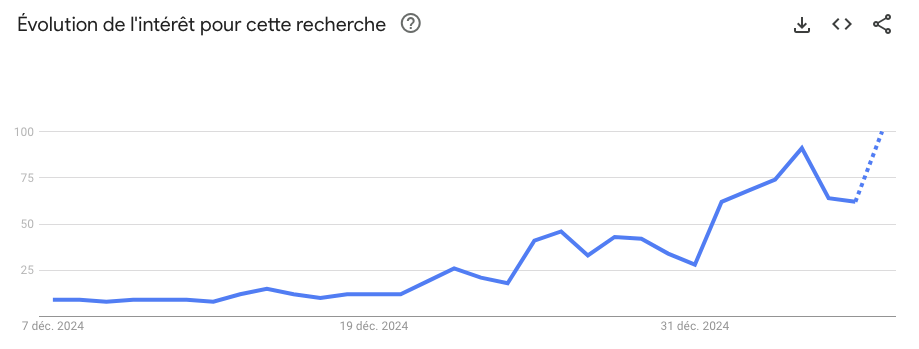

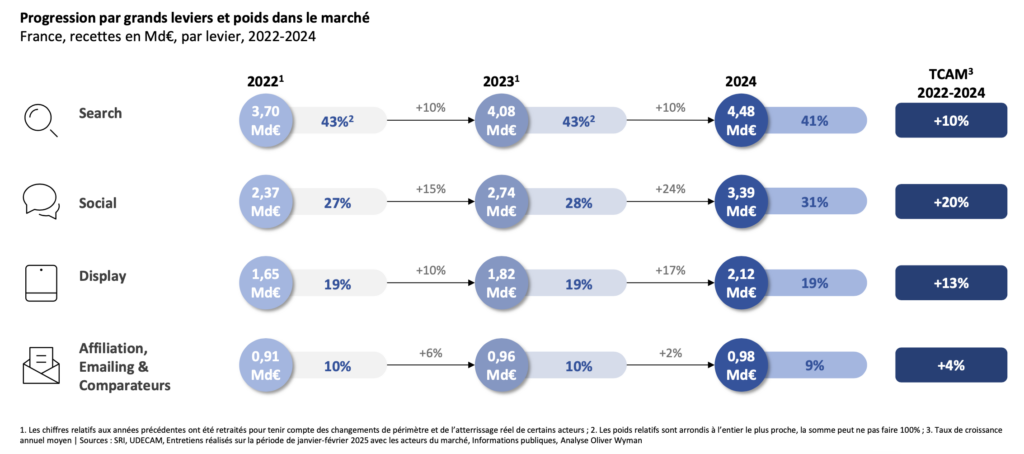
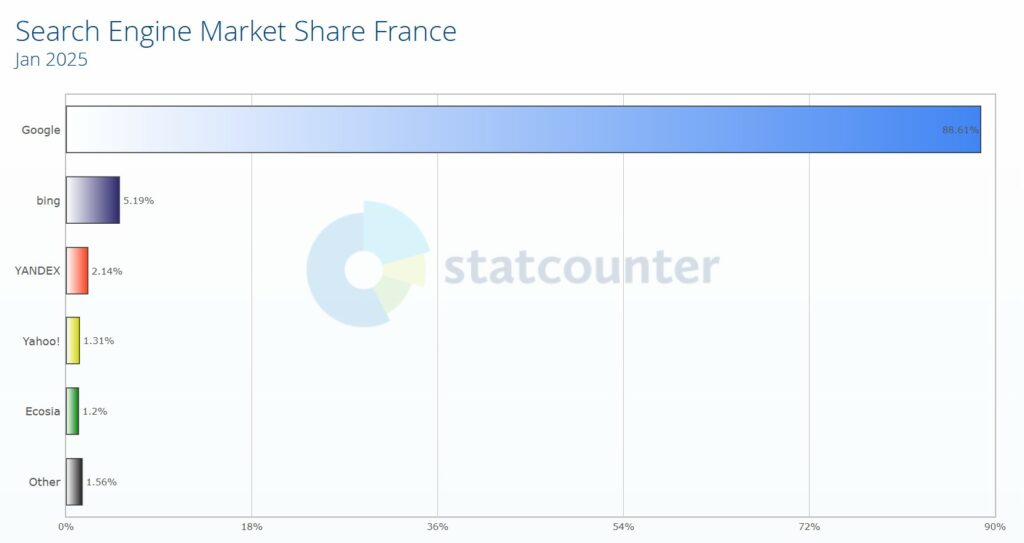 Source: Statcounter
Source: Statcounter
